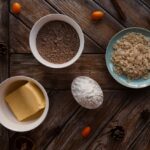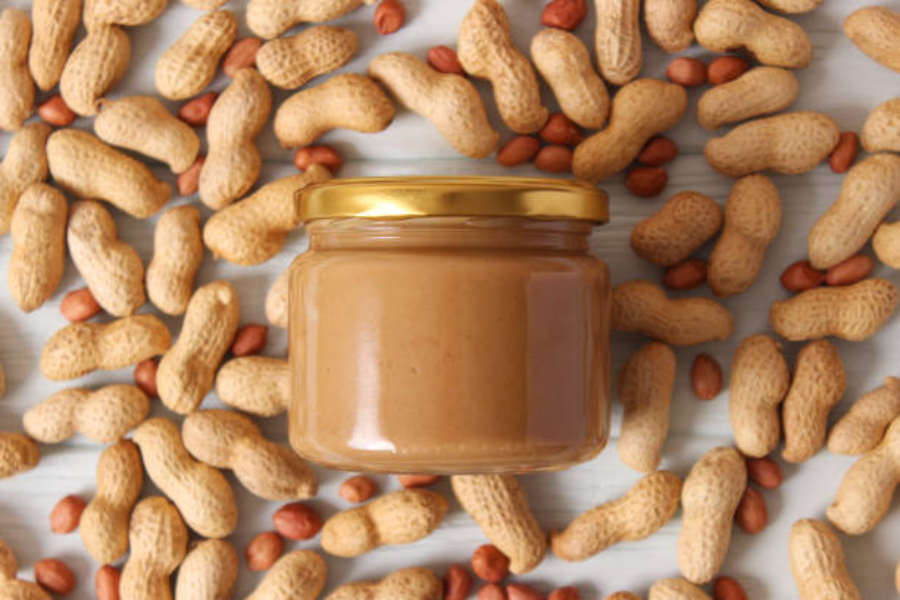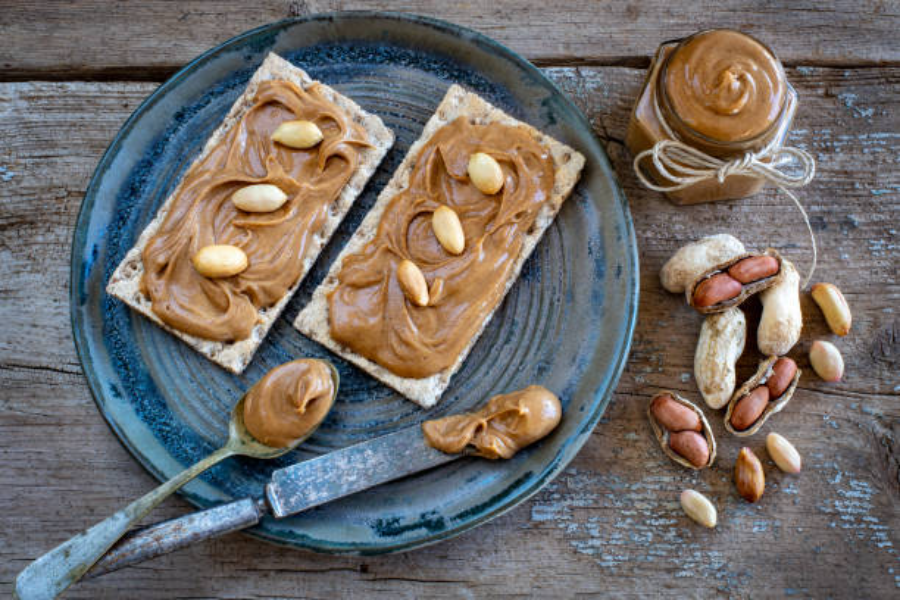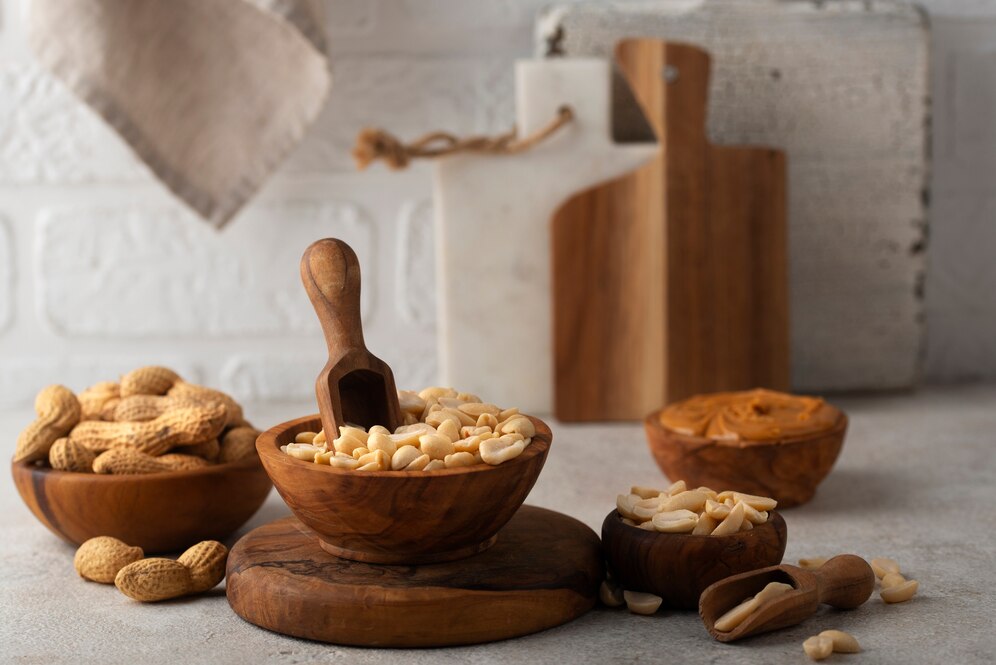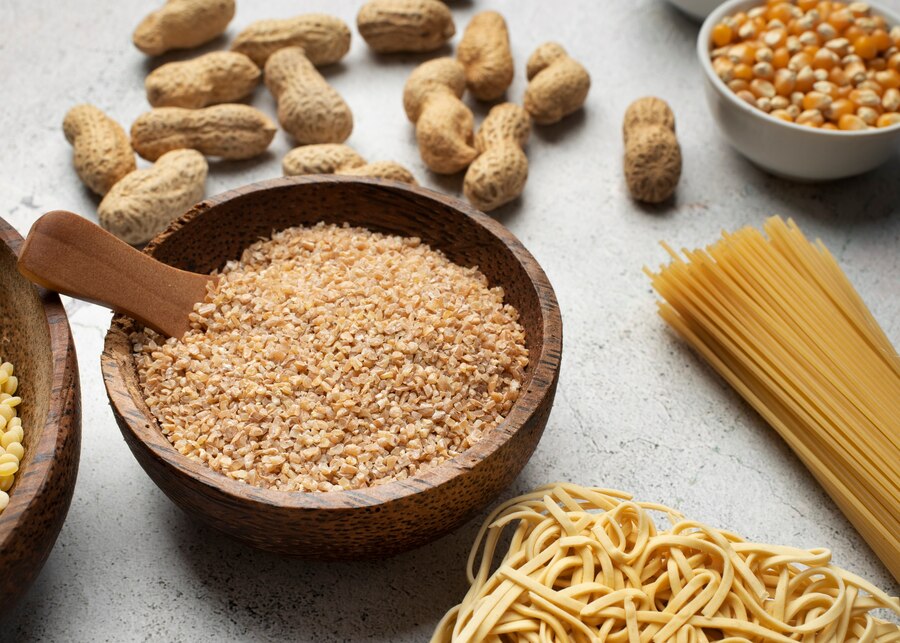
Difference Between Peanut Butter Powder and Peanut Flour
Peanut butter powder and peanut flour are two peanut-based products that are different in terms of their application in cooking as well as the nutrients they provide. These products have become popular in many kitchens and among different groups that focus on the healthy consumption of food because of the features and benefits that come with them. Being aware of the differences between these two products will enable you to make the proper decision of which product to use for your cooking, baking, or other nutrition-related purposes so that you can fully benefit from the health benefits that the two products offer.
What is Peanut Butter Powder?
This is a powder made from roasted peanuts that are cooked to minimize their oil content; the final product is dry, powdery, and has a peanut taste. It cuts down the proportion of the calorie and fat content compared to regular peanut butter, making it the best for people who want to shed weight or reduce fat intake. The powder can also be mixed with water to make a non-soapy, low-fat peanut butter spread for consumption on breads and sandwiches and used as a dip for fruits and vegetables.
It can also be incorporated into smoothies, protein shakes, oatmeal, yogurt, and baking products as it contains peanut flavor without the fat content. Also, peanut butter powder is easy to use and has a very long shelf life, which makes it ideal for health-conscious people and people who want to incorporate peanut butter into their meals and snacks easily.
What is Peanut Flour?
Peanut flour is made by crushing roasted peanuts into a fine powder, with a significant portion of the oil removed. This process results in a product that is high in protein and fiber while being low in fat and calories. Unlike peanut butter powder, peanut flour is not designed to replicate the texture of peanut butter when reconstituted and is primarily used as a high-protein, gluten-free flour substitute in baking and cooking.
Peanut flour can be used to make numerous baked goods, including cakes, cookies, bread, and pancakes, providing a rich, nutty flavor and enhancing the nutritional profile of these recipes. It can also be utilized as a condensing agent in sauces, soups, and stews, adding both flavor and protein. For those following a gluten-free diet, peanut flour offers an excellent alternative to traditional wheat flour, allowing them to relish their favorite baked goods and dishes without compromising on taste or nutrition. Additionally, peanut flour can be used in savory applications, such as coating chicken or fish, to add a crunchy texture and nutty flavor.
Difference Between Peanut Butter Powder and Peanut Flour
Processing
Peanut Butter Powder Processing:
Peanut butter powder is created through a specific processing method designed to reduce the oil and fat content of roasted peanuts. Initially, the peanuts are roasted to enhance their flavor. Following roasting, the peanuts undergo a pressing process where most of the oil and fat are extracted. This extraction leaves behind a dry, powdered product that retains the rich, nutty flavor characteristic of traditional peanut butter.
The resulting powder is significantly lower in calories and fat, making it a healthier alternative. The powder can then be reconstituted with water to create a lower-fat peanut butter spread, or it can be directly added to various foods like smoothies, protein shakes, oatmeal, yogurt, and baked goods to impart a peanut flavor without the added fat.
Peanut Flour Processing:
The processing of peanut flour involves a different method aimed at creating a fine, high-protein powder suitable for baking and cooking. Similar to the initial steps in creating peanut butter powder, the peanuts are first roasted to develop their flavor. After roasting, the peanuts are ground into a fine powder, and a significant portion of the oil is removed, often more so than in the production of peanut butter powder.
This additional oil extraction results in fine flour that is high in protein and fiber while being low in fat and calories. Unlike peanut butter powder, peanut flour does not replicate the texture of peanut butter when mixed with water. Instead, it is used as a gluten-free flour substitute in baking and cooking, adding a rich, nutty flavour and enhancing the nutritional profile of recipes. It can be used as a thickening agent as well in sauces, soups, and stews and as a coating for savory dishes like chicken or fish to provide a crunchy texture and nutty flavor.
Nutritional Content
Peanut Butter Powder:
Peanut butter powder is notable for its lower calorie and fat content compared to traditional peanut butter. A typical 2-tablespoon serving contains around 50 calories and 1.5 gram fat, making it a healthier alternative for those managing their calorie and fat intake.
Additionally, it provides approximately 6 grams protein per serving, making it a healthy source of protein. Beyond its macronutrient profile, peanut butter powder retains necessary minerals and vitamins such as potassium, magnesium, and iron, contributing to its overall nutritional value.
Peanut Flour:
Peanut flour is also low in calories and fat, although the exact amounts can vary depending on the degree of fat removal during processing. It stands out for its high protein content, with some varieties offering up to 15 grams of protein per 1/4 cup serving, making it an excellent protein source for various diets.
In addition to its protein content, peanut flour contains essential vitamins and minerals, though the nutrient profile may differ based on specific processing methods. This makes peanut flour a versatile and nutritious ingredient for baking and cooking, enhancing the nutritional value of recipes while providing a rich, nutty flavor.
Storage
Peanut Butter Powder:
Peanut butter powder has a longer shelf life than traditional peanut butter because of its low oil content. It should be stored in a cool, dry place to maintain its quality.
Peanut Flour:
Peanut flour can also have a long shelf life if stored properly in a cool, dry place. However, because it is used mainly as an ingredient in cooking and baking, it requires more careful storage to prevent clumping and maintain its fine texture.
Culinary Uses
Peanut Butter Powder:
Peanut butter powder is highly versatile in culinary applications because of its ability to retain the rich, nutty flavor of peanuts while offering a lower-fat alternative to traditional peanut butter. It can be added with water to create a lower-fat peanut butter spread, suitable for spreading on toast, making sandwiches, or using as a dip for fruits and vegetables.
Beyond these traditional uses, peanut butter powder can be added directly to smoothies, protein shakes, oatmeal, yogurt, and various baked goods, such as muffins and cookies, to enhance their flavor and nutritional profile. Its powdered form also makes it an excellent ingredient for sauces, dressings, and marinades, adding a depth of flavor without the added fat.
Peanut Flour:
Peanut flour, with its fine texture and high protein content, serves as an excellent gluten-free flour substitute in baking and cooking. It can be used to make a variety of baked goods, including cookies, cakes, bread and pancakes – offering a rich, nutty flavour and enhancing the nutritional profile of these recipes.
In addition to its use in baked goods, peanut flour can act as a thickening agent in sauces, soups, and stews. Not only does it make the food flavourful, but it makes it healthy as it is a rich source of protein. Its savory applications include being used as a coating for chicken or fish, which, when fried or baked, results in a crunchy texture and nutty flavor. Peanut flour’s versatility extends to its ability to blend smoothly into both sweet and savory dishes, making it a valued ingredient for a wide range of culinary creations.
Conclusion
Both peanut butter powder and peanut flour offer unique benefits and can be excellent additions to your pantry, depending on how you wish to consume them. Peanut butter powder is perfect for those looking to enjoy the unique taste of peanut butter with low calories and fat, making it appropriate for spreads, smoothies, and snacks.
On the other hand, peanut flour provides a versatile, high-protein, gluten-free option for baking and cooking, enhancing the nutritional profile of a wide range of recipes. Ultimately, the choice between the two depends on your specific culinary needs and dietary preferences.





